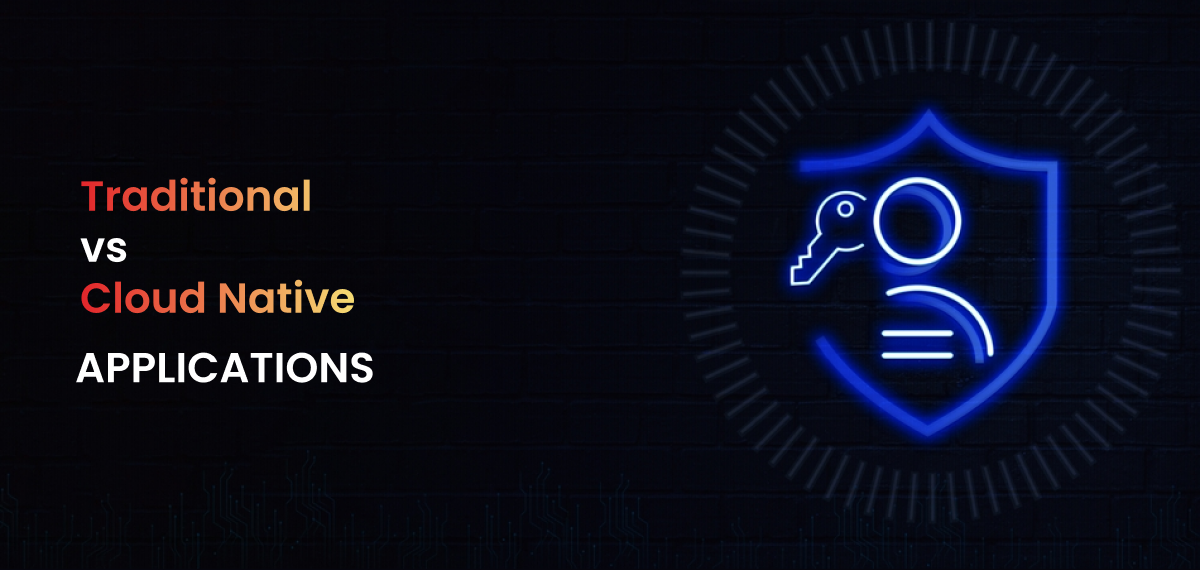Engagement Module
Next Gen AI Solution
Maintenance
Designing
Consultant
Industries
Traditional vs Cloud Native Applications – Who Is The Clear Winner?

The discourse surrounding cloud computing has transcended IT circles, becoming a topic of interest across various sectors. This shift has sparked a pivotal debate, particularly among developers and businesses, regarding the adaptation of applications for cloud environments. The question at hand is whether to continue with traditional applications or to pivot towards cloud-native solutions.
Gartner, Inc., a leading industry analysis firm, introduced the concept of ‘bimodal IT’ to address this dilemma. This framework divides applications into two categories: Mode 1, which encompasses traditional applications known for their predictability and stability, and Mode 2, which includes cloud-native applications, characterized by their adaptability and innovation potential. This bimodal approach is seen as a strategy to enhance digital transformation efforts, leveraging the strengths of both traditional and cloud-native applications to drive business value.
Cloud-Native Applications: An Overview
Cloud-native applications are not defined by their deployment location but by the methodology adopted in their development and deployment. This approach emphasizes the benefits of cloud computing, allowing businesses to rapidly innovate and respond to market demands. Cloud-native applications are designed for resilience, scalability, and agility, enabling organizations to leverage cloud environments to their fullest potential.
Comparing Traditional and Cloud-Native Applications
The distinction between traditional and cloud-native applications can be summarized across several dimensions.
- Predictability and Scalability: Traditional applications often suffer from lengthy development cycles and scalability challenges, whereas cloud-native applications are built for resilience and predictable performance.
- Dependency on Operating Systems: Traditional applications are closely tied to specific operating systems, complicating migration and scalability. Cloud-native applications, however, are designed to be OS-independent, utilizing platform services to abstract away underlying dependencies.
- Development and Operations: Traditional applications typically involve siloed development and operations, leading to inefficiencies and delays. Cloud-native applications embrace DevOps principles, fostering collaboration and streamlining the transition from development to production.
- Automation: Traditional applications may rely on manual processes, embedding human error into infrastructure. Cloud-native applications prioritize automation, ensuring consistent application of rules and minimizing downtime.
Traditional vs. Cloud-Native: A Comparative Overview
Conclusion
While traditional applications have significantly contributed to business operations over the years, cloud-native applications offer a forward-thinking approach that fully exploits modern infrastructure capabilities. This paradigm shift focuses on enhancing infrastructure technology, providing developers with the tools necessary to innovate and improve application design.
For businesses eager to harness the benefits of cloud-native applications and the expansive capabilities of cloud computing platforms like AWS, transitioning to cloud-native application architectures represents a strategic move to stay competitive and responsive in today’s dynamic market.
For more information feel free to reach out to us.



